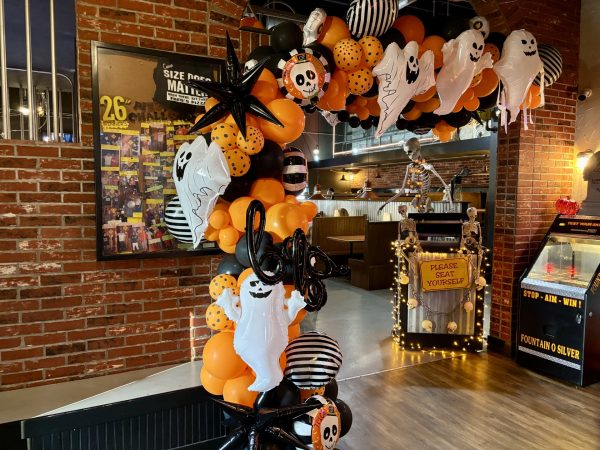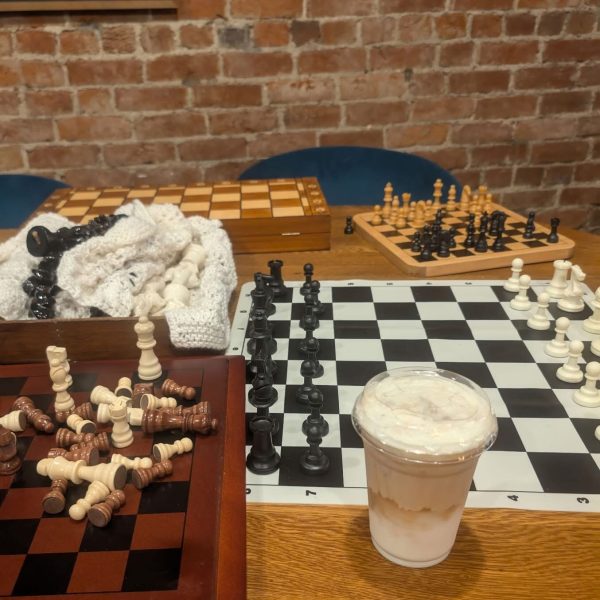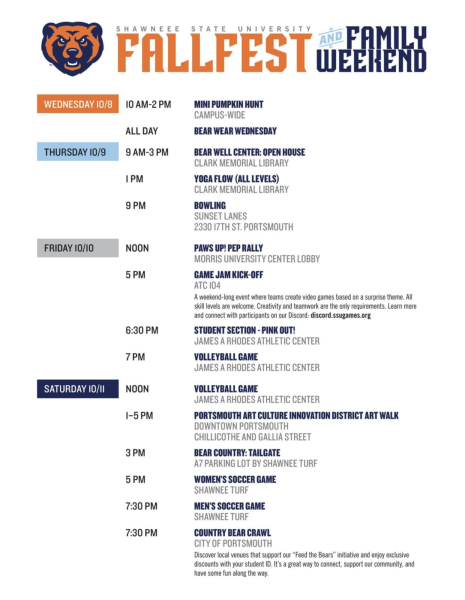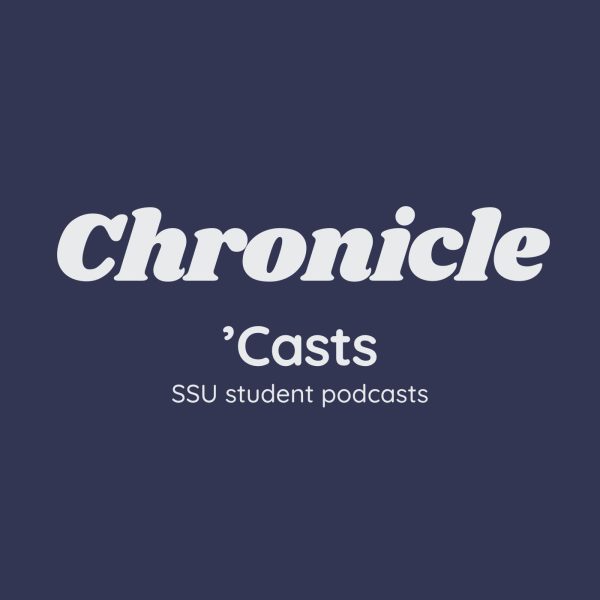Pumpkin Spice Season
What’s the hype about pumpkin spice?
The fall season is here and this means chilly fall mornings. When you think of fall, a few things may come to mind such as Halloween, pumpkin picking, plaid, warm apple cider and last but not least pumpkin spice. Pumpkin spice has now been associated with the fall season for a few years now. It is an American blend of ground cinnamon, ginger, cloves and nutmeg. Researchers have discovered that humans have been using nutmeg as food for 2,000 years longer than previously thought. History.com states “On Pulau Ay, one of the Banda Islands in Indonesia, archaeologists found ancient nutmeg residue on ceramic pottery shards that they estimate to be 3,500 years old.”
The grouping of these seasonings didn’t happen until the 20th century. The Chicagoist found that the earliest mention of pumpkin spice was in a Pumpkin Spice Cakes recipe, published in 1936 by The Washington Post. Pumpkin spice was a free agent, until spice company McCormick started packaging the blend and selling it as “pumpkin pie spice,” later shortening it to “pumpkin spice.” Since then pumpkin spice has been flying off the shelves, and has been in many drinks like pumpkin spice lattes. Many coffee companies have included pumpkin spice in their drinks, but Starbucks was the company that put pumpkin spice on the map in 2003. The company originally thought that the spices overpowered the drink and didn’t leave any coffee taste, but the customers didn’t mind and they seemed to love it. Customers then anticipated the wait for the next fall so that they could get their hands on a pumpkin spice latte. Since the pumpkin spice latte hype, pumpkin spice has been found in everything including candle scents, pumpkin spice flavored bagels, cream cheeses, cookies and even body lotions.
While some people love pumpkin spice, store-brought pumpkin spice isn’t as good for you as some may think. In 2015, food blogger FoodBabe made a diagram breaking down some of the less-advertised ingredients in Starbucks’s pumpkin spice. It was noted that there was no actual pumpkin in pumpkin spice, and customers are drinking a huge dose of sugar and natural and artificial flavoring. Starbucks replied by adding a pumpkin puree to their drinks.
It has been said that coffee is very addicting but with the added flavor of pumpkin spice, people tend to drink six to ten cups of pumpkin spice lattes a day. “I couldn’t wait until pumpkin spice became available again in Dunkin’ Donuts. I have to have two cups of large coffee with two creams and six pumps of pumpkin spice every day,” said Sharlene, a frequent pumpkin spice consumer.
However, others think that the seasonal drink isn’t worth the hype. “It’s kind of annoying having to wait in a long line every fall season when I’m trying to get a regular coffee and everyone is trying to order pumpkin spice lattes with all added ingredients and flavors. Where did all the regular coffee drinkers go?” said Nikki, a flight attendant who is always on a busy schedule and needs a fast cup of coffee.
Dr. John McGann, a sensory neuroscientist at Rutgers Department of Psychology, explains that it all has to do with the olfactory system, our sense of smell.
Customers associate pumpkin spice with warm, good emotions. “The smell is totally unique from all other senses, which pass first through the thalamus, a sort of relay station of the brain. Instead smell goes straight to the olfactory bulb. From there it goes to the amygdala, which controls emotion, and to the hippocampal formation, the entorhinal cortex,” explains McGann. Furthermore, the smell of pumpkin is associated with Thanksgiving, a historically prosperous time of year that brings forth many great emotions and a time of remembrance for people. Although pumpkin spice is usually only around in the fall, some people get their hands on a box of pumpkin spice goodness to save. Will you be getting your secret stash of pumpkin spice goodness before it’s all sold out?
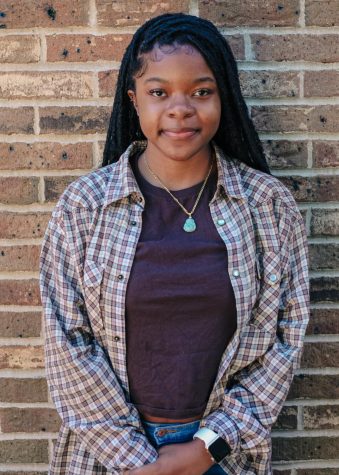
Shiyanne Deleon is a 19-year-old full-time student from New York City currently beginning her second semester at Shawnee State University. She plans on...
